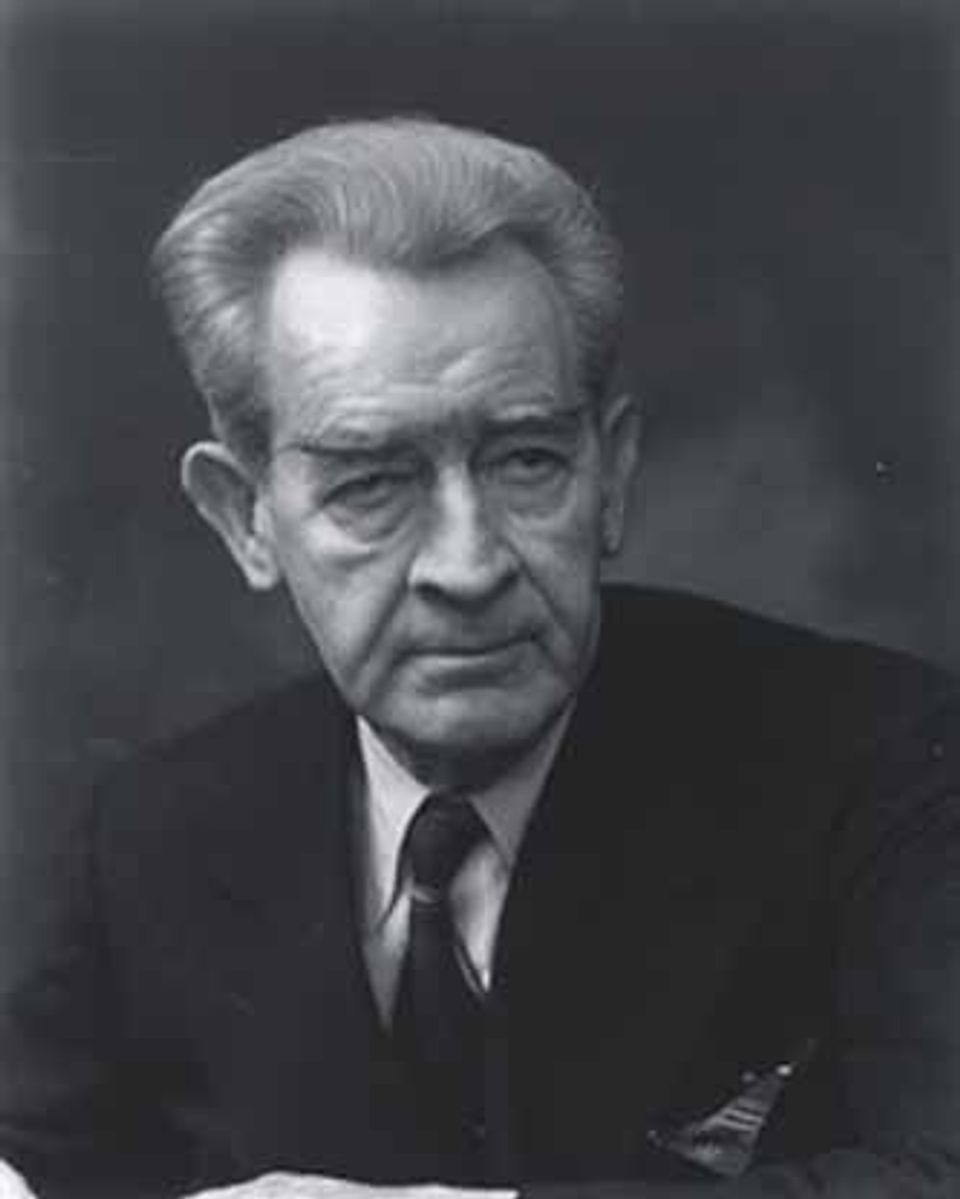James Montgomery Flagg

- Also known as
- J. Montgomery Flagg
- Born
- Pelham Manor, New York, United States
- Nationalities
- American
- Biography
Painter and illustrator for St. Nicholas Magazine, Judge, Life, Harper's Weekly, College Humor and Cosmopolitan. He sold his first illustration at age 12 and is best remember for his I Want You, a World War I poster of Uncle Sam, for which he served as model.
Joan Stahl American Artists in Photographic Portraits from the Peter A. Juley & Son Collection (Washington, D.C. and Mineola, New York: National Museum of American Art and Dover Publications, Inc., 1995)
- Artist Biography
Born in Pelham Manor, New York, James Montgomery Flagg attended several art schools, including four years spent at the Art Students League in New York City. He worked prolifically in a number of media but is best remembered for his poster designs.
By the turn of the century, Flagg had created a reputation as a graphic designer and illustrator. When the United States entered World War I, he produced his I Want You for U.S. Army poster, which quickly became a household icon and one of the most enduring images of the twentieth century. Although Flagg took the design from an earlier British work, he adapted it in a manner that immediately captured the American imagination.
Flagg is also well known for his many pen-and-ink drawings. Fascinated by the vivacity of the 1920s, he sought to capture the spirit of a prosperous nation in a number of intelligent and witty works from that period. During his career, Flagg also executed numerous portraits in oil, ranging from sensitive likenesses of family members to grand renderings of statesmen and celebrities such as Theodore Roosevelt.
Therese Thau Heyman Posters American Style (New York and Washington, D.C.: Harry N. Abrams, Inc., in association with the National Museum of American Art, 1998)













